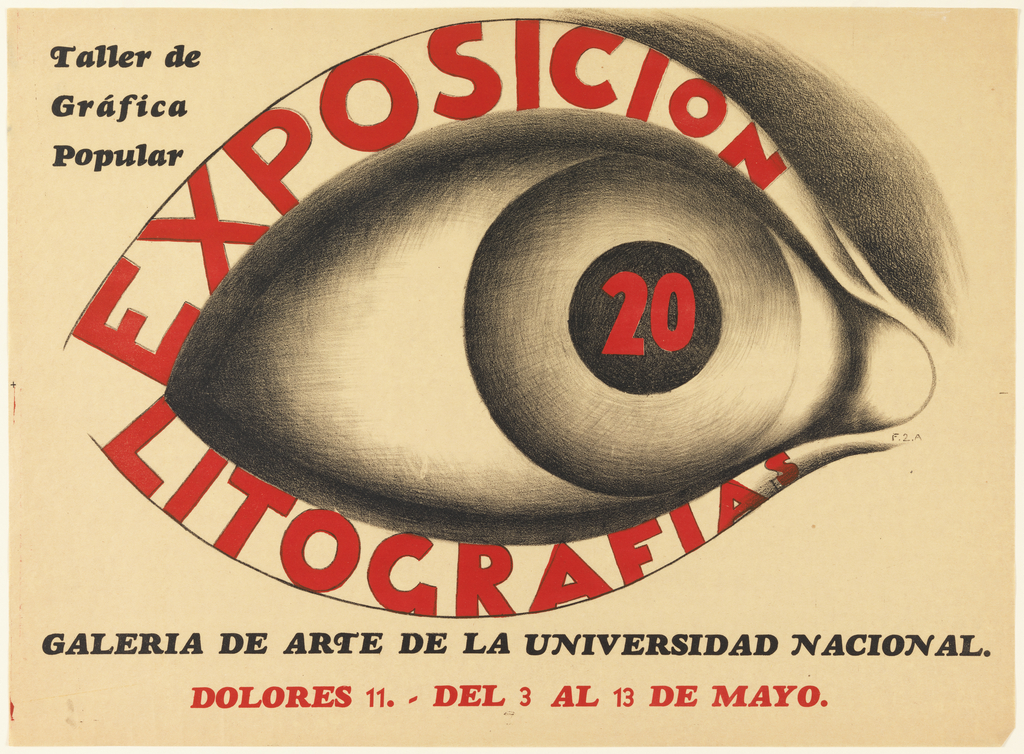Beginning in the late 19th century, the medium of printmaking played an integral role in the creation of modern Mexican art, a tradition that can be traced back to the work of, among others, José Guadalupe Posada. But it was in the post-revolutionary period of the early 20th century that large groups of Mexican artists, often with the support of the government, began using printmaking as a means of expression that allowed for large-scale dissemination.
Francisco Dosamantes was one of many Mexican artists who considered art, and particularly printmaking, to be an instrument for social and political change. Born in Mexico City in 1911, Dosamantes began his formal artistic training at the age of fourteen at the Academy of San Carlos. At the Academy he studied both sculpture and painting, but his focus was on printmaking. While still a student, he joined the Academy’s lithography workshop, which was run by Emilio Amero. In 1937, Dosamantes was among the founding members of the Taller de Gráfica Popular (TGP). The TGP, which still exists today, was initially composed of young printmakers with political ties to both the left-wing Partido Popular and the Mexican Communist Party. Beginning in 1938, Dosamantes produced prints at the TGP that depicted the tumultuous events unfolding in Europe as well as his own country. His fellow printmakers joined him in producing printed materials that supported anti-Fascist causes around the world. The members of the TGP also designed and printed posters and pamphlets that supported local and national groups on issues of labor, poverty, and politics.
This lithograph, designed by Dosamantes in 1939, was used to advertise an exhibition held at the Galeria de Arte de la Universidad Nacional of other prints produced by the members of the TGP. Many of Dosamantes’ other lithographs from this period are monochromatic, but in this work he has chosen to make bold use of both red and black ink. He uses different fonts in alternating scales and colors to clearly delineate the necessary information about the time and place of the exhibition. Yet this print also offers a more complex message. The wide-open eye encourages us to consider the importance and pleasure of looking. But it also reminds us that the collective eye of society is always open.
